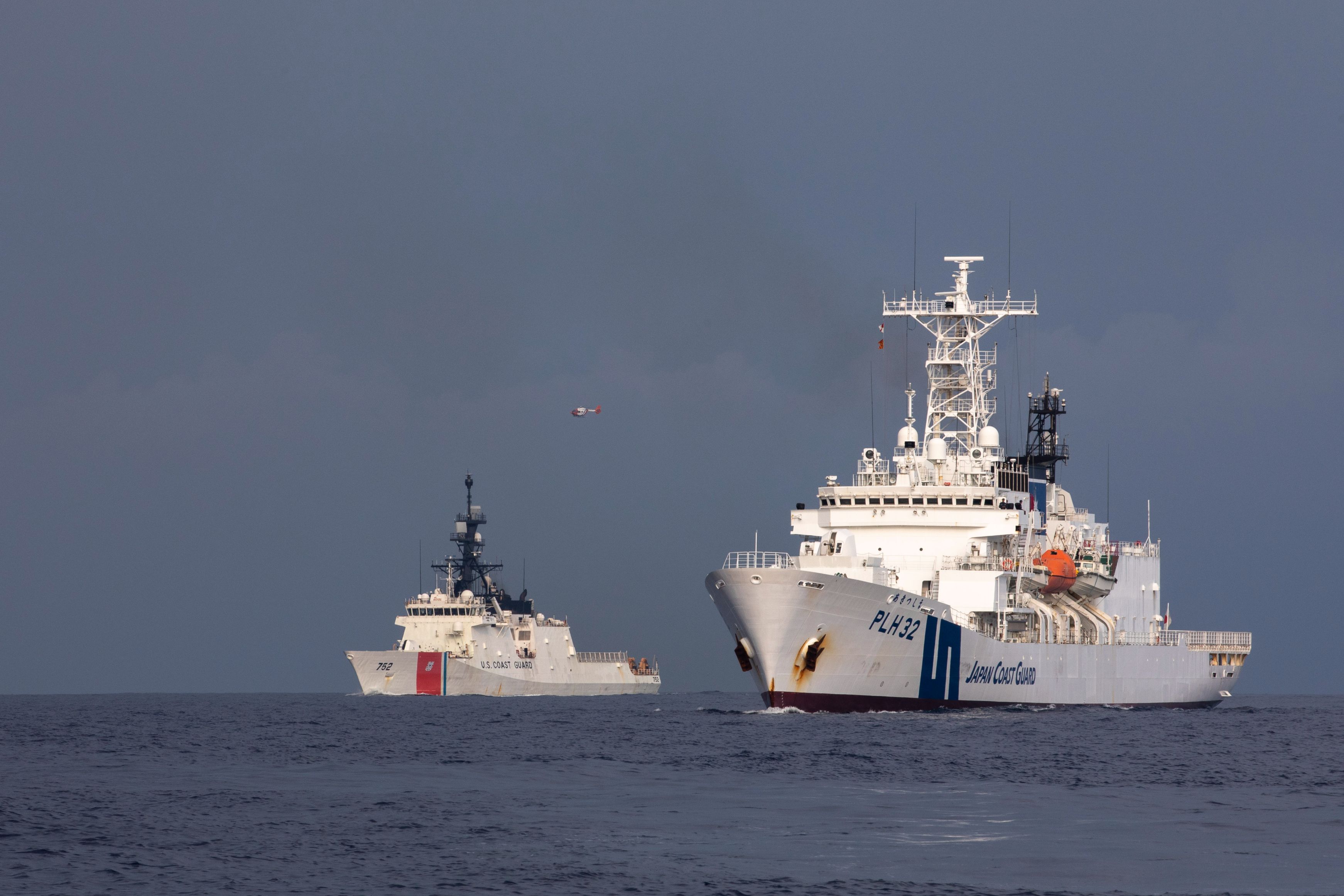Joint U.S.-Philippine coast guard patrols are set to begin by the end of the year, marking a significant shift in Manila’s stance toward China after previously showing favor during Rodrigo Duterte’s presidency. This move underscores the importance of allies taking a collective stand against potential territorial threats, especially from China’s maritime militia and coast guard. The U.S. and the Philippines aim to deter China’s gray zone tactics, which involve non-military efforts to seize territory and resources from its neighbors.
Key Points:
- Joint Patrols Initiation: The upcoming U.S.-Philippine coast guard patrols indicate a strengthened alliance and commitment to defending territorial integrity against potential Chinese threats.
- Understanding Gray-Zone Competition: China employs “war without gunsmoke” tactics in the gray zone, where it attempts to gain territory and resources without direct military confrontation.
- Importance of Presence: It’s crucial to show up and remain present in the contested areas. Regular appearances by U.S. naval forces in the South China Sea assert that there are viable military options against potential aggressors.
- Clarifying Mutual Defense: Discussions are needed to understand what qualifies as an “armed attack” under the U.S.-Philippine Mutual Defense Treaty, especially as China’s actions in the gray zone sometimes blur the lines.
- Strategy for Deterrence: By enforcing national law, especially in the Philippine exclusive economic zone, and deploying resources such as drones and unmanned vessels, the allies can counteract and deter China’s gray zone activities.






